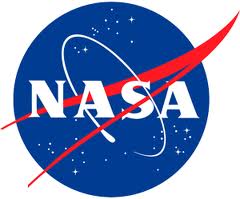India will now be one of the many countries where Nasa’s airborne hyperspectral imaging campaign will take place which will closely monitor various changes taking place in the earth’s atmosphere and capture high resolution images through the spectrometer developed by Nasa’s Jet Propulsion Laboratory (JPL). Alok Chaterjee, scientist at the Joint Propulsion Laboratory, CalTech and Interface Manager for NISAR, who visited the IIT Madras campus on Monday , said the campaign will begin in December and several target areas in India have already been identified from where the campaign will be launched. The Airborne Visual Imaging Infrared Spectrometer will collect data that can help in monitoring changes on the earth’s atmosphere such as weather or environmental hazards. The primary goal of this activity is to demonstrate important science and applications research.
This was one of the many Nasa and JPL collaborations with India that were discussed on Monday at the insti tute by Chaterjee and Dr Yunjin Kim, scientist at JPL, CalTech and project manager for Nasa-Indian Space Research Organization Synthetic Aperture Radar (NISAR).
The scientists said through such collaborations they wanted to reach out to the academic world and encourage students to work with them either through internships or research programs. “Universities should get involved in space based missions. ISRO already has a resource constraint and are looking for more hands in academic areas,” they said.
To catch students at a young age, scientists also mentioned the GLOBE program (Global Learning and Observations to Benefit the Environment) jointly spon sored by the Nasa And the National Science Foundation to provide students an opportunity to participate in scientific processes for a better understanding of the Earth’s system and global environment. As many as 1340 schools had been identified for this program.
Meanwhile, the IIT-M students also announced that their satellite IITMSAT, being developed to study fluctuations of charged particles in the Earths’ ionosphere, will be handed over to ISRO by April 2016 following which discussions of its launch would take place.
This is the first project for which former students have stayed back to work on the project until its completion, said the institute.





